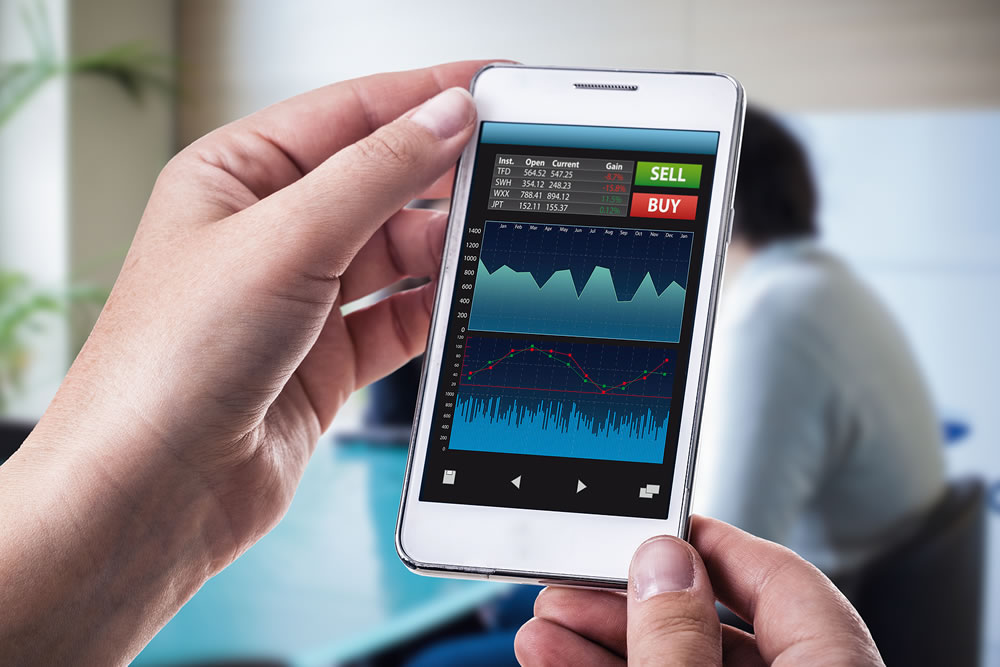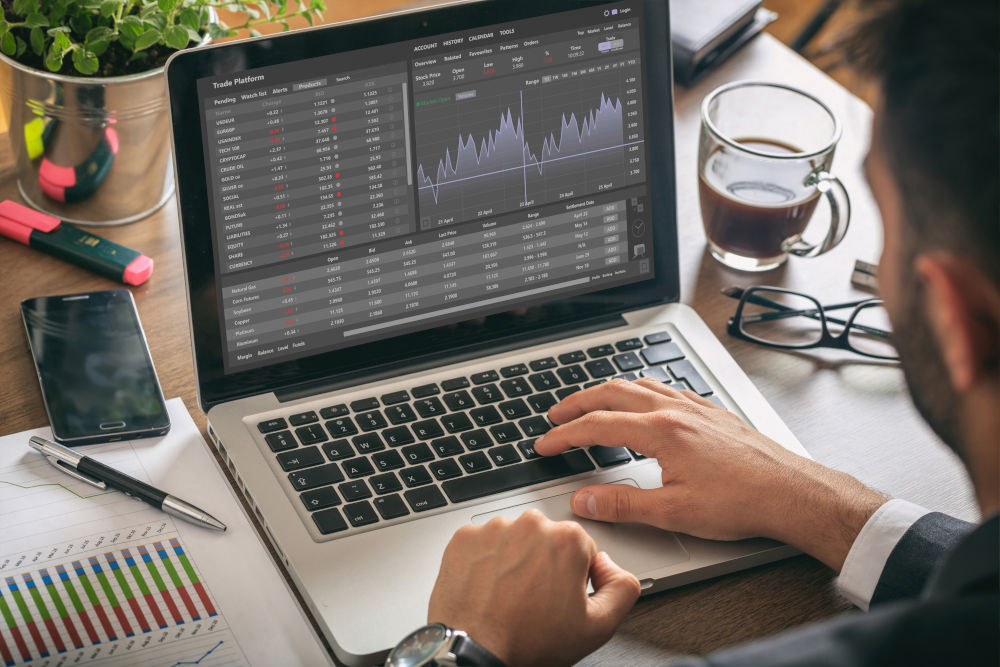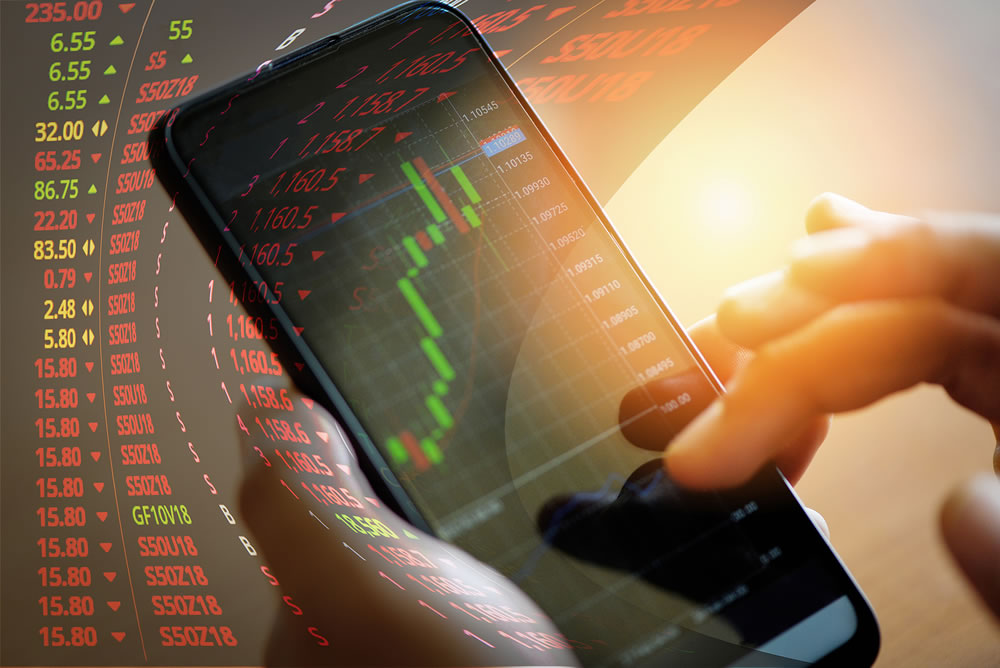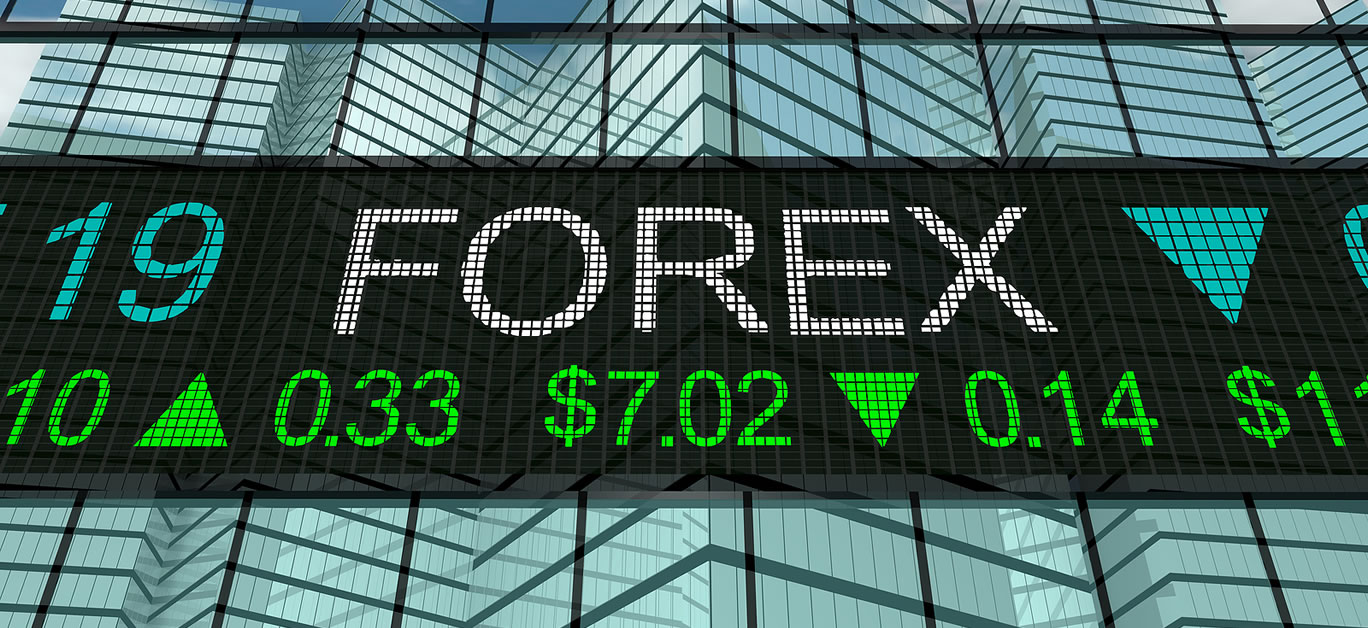Foreign exchange trading has become increasingly popular over recent years, with a growing number of seasoned traders and complete amateurs alike eager to learn how to leverage the market to make financial gains.
Often referred to as simply ‘Forex trading’, the process involves simultaneously buying one currency while selling another, combining two currencies to make up what’s called a ‘currency pair.’ The aim in doing so is to successfully predict whether the value of one currency will increase or decrease compared to the other, and with innovative software offering free Forex signals making it easier than ever to do just that, it’s little wonder that the number of those partaking is on the rise.
If you’re eager to get to grips with the art of trading Forex – whether as a fun side hobby or with a view to generating some serious extra cash, then first, it’s important to bear in mind that there is a risk involved – so you should only ever invest money you can afford to lose. That aside, getting started is less complicated than you think, and you no longer need an expensive broker or specialist management on your side to get the ball rolling.
Here are the top three things you need to know to get started.
Understanding is key

Although it’s true that there are now numerous resources online to help Forex traders start turning a profit, it’s crucial to bear in mind that this is serious business, and going in blind won’t set you up for the success you’re hoping for.
If you plan on taking it seriously as a means of growing your investment portfolio and resulting returns, then take some time to learn and understand the basic principles of Forex trading before you start, as this will ensure you have some idea of what you’re doing when it comes to the crunch and prevent you from making any unfortunate mistakes straight off the bat.
Once you’re confident you understand the principles of trading, delving a little deeper into learning how the market works and building yourself a strategy is key when it comes to preparation, and knowing exactly what you hope to achieve will help keep you on the right path. Strategies don’t have to be complicated, and in the early stages, the simpler, the better – but do your research thoroughly.
Set some clear goals

It makes no sense to go into Forex trading without some idea of what you want to get out of it, and ‘making some money’ or ‘getting richer’ are too vague to keep you going when things get tough, or to monitor your progress over the long-term.
A good goal should be ‘SMART’ – that is to say, specific, measurable, achievable, relevant and timebound. This means setting yourself a specific financial target and deciding how you’ll measure your success, ensuring that it’s attainable and not wildly over-ambitious for the amount of time you’re allotting to get there. On that note, setting a time frame is also important, as once this period expires, you’ll need to sit down and reassess what worked, and what didn’t. This will allow you to make tweaks to your strategy where necessary, and learn and grow as a trader as you go along.
Once you’ve set your goals, you can move onto working out what trading style you’ll use to achieve them. Each trading style has a different risk profile, and thus requires a certain approach in order to see success, so ensuring that your goals and trading style align is imperative.
Choose your trading platform carefully

Choosing a reputable broker is another important step, and one you’ll want to take your time over. The best brokers will make their policies clear from the off, so be sure to read through them thoroughly so that you know exactly what you’re getting into.
While some might support over-the-counter market trading, others might favour exchange-driven markets, for example – and assessing the platforms they offer for ease of use will also ensure you’re not left feeling confused and overwhelmed when you’re ready to dive in. As a general rule of thumb, the simpler, the better – but look for platforms that also offer more complex and in-depth features and interfaces, as these may come in handy later on in your trading journey.
Once you’ve completed these three steps, you can start with making your first trade – but do bear in mind that Forex trading is not a skill to be mastered overnight. Start small with your trades, and note your learnings as you go along – always being open to improvement is essential for long-term success, and could see you making the gains you’ve been dreaming of in time.
Disclaimer: Investing money carries risk, do so at your own risk and we advise people to never invest more money than they can afford to lose and to seek professional advice before doing so.






















